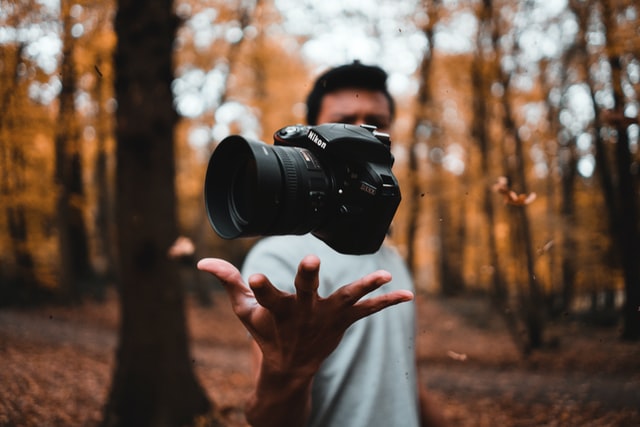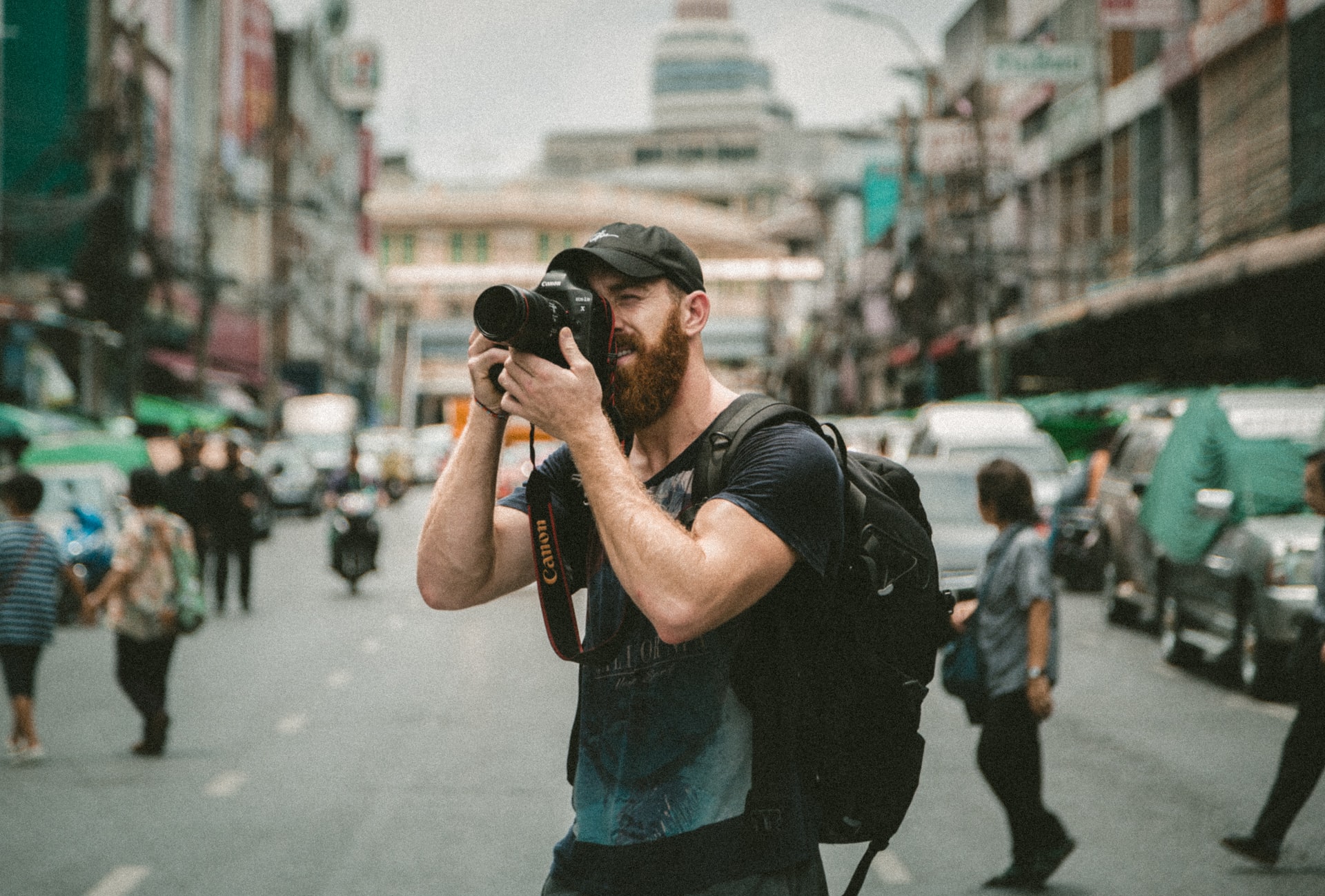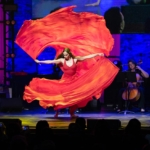Many people have considered becoming a photographer, but they do not know what type of photography career they want to pursue. There are many different types of photography careers that offer a wide variety of opportunities. In this blog post, we will discuss five interesting photography careers with information about each one and some examples in the industry.
Five Interesting Photography Careers
What is your idea of a perfect career? A job that you’re excited to get up and go to every day, where you are constantly learning new skills and making a difference in the world. If this sounds like your ideal job too, then read on for five photography careers worth exploring.
Commercial Photographer
A commercial photographer usually has an artistic eye for composition while still being able to work quickly under tight deadlines. A professional commercial photographer must have excellent communications skills as well as client management abilities. They need to possess knowledge about color theory, lighting techniques, and post-production software such as Photoshop to create high-quality images with realistic effects that reflect the message they want to convey without overwhelming it with too many distractions.

Real estate photography in Los Angeles is a type of commercial or product photography that has become increasingly popular in recent years. It’s been estimated there are now over 100,000 real estate photographers across the United States alone. Real Estate Photography in Los Angeles requires an understanding of composition and photographic techniques to produce excellent marketing materials for homes on the market as well as saleable properties. The photographer will need to possess some knowledge about architectural design, interior decorating, and construction if they hope to come up with new ideas for capturing attractive images without being limited by their own expertise.
Commercial photography can be used in-store displays, advertisements, and other marketing materials. Real estate photography is a type of commercial or product photography that has become increasingly popular in recent years.”
Portrait Photographer
Some people might not think that portrait photography is a full-time job, but it can be. The photographer will need to take pictures for various clients like actors and models at all phases in their careers. This type of work requires the photographer to have equipment that can handle quick changes in lighting conditions as well as many different body shapes and sizes. Portrait photographers may also do other projects such as food or product shots on occasion. They usually charge anywhere from $75-$500 per hour depending on what they are shooting and who they are shooting for.
Travel Photographer
Travel photographers take pictures of destinations for sale. These types of photos are often the first impressions potential visitors have when considering visiting a place, and they can make an incredible impact on people’s decisions to book travel. Travel photography also includes taking candid shots of locals or tourists while abroad that could be used as promotional material by tourism boards in order to attract more visits from international travelers.

In order to become a travel photographer, you would first need the know-how of photography and learn about different cultures. You’ll also have to be able to speak at least one language in order for your clients and potential explorers to feel comfortable with you when they’re abroad. It can take years before being paid enough as a travel photographer because this career is more than just taking photos–it’s about creating an authentic connection between people from different regions around the world that will create lifelong memories.
Stock Photographer
A stock photographer is someone who sells their images to publications and companies for a fee. Stock photographers are expected to provide professional, high-quality photographs as well as offer competitive rates and the ability of rights transfer. The company or publication that hires them will own any original work created from these photos, meaning it cannot be used by anyone else without permission. It can also only be sold once in an exclusive agreement with the company that commissioned the image.
Stock photography pays more than other types of photography careers because there’s less overhead involved; you don’t need expensive equipment like lighting rigs or studio fees when shooting outside.
Photojournalist
Photojournalists are often trained journalists, and they use photography to capture current events. They can be assigned by an organization or publication. Photojournalism is one of the few jobs that require a journalist’s credentials before someone will hire them for this position. Some newspapers require photojournalists to submit their work in order to have it published.
Photographers who want more control over what they shoot as well as how much time they spend on each assignment may find success working with freelance photojournalists. Photojournalists may have to develop a keen eye for breaking news. They also need the ability to quickly organize and transmit images, and they must be able to take pictures in difficult conditions. Photojournalism is typically an outdoor-based job that requires intense deadlines with tight turnaround times–a pressure many photographers enjoy.

You can also join the film industry. Photographers who work in the film industry are responsible for taking pictures on sets. They will often have to wait until filming is over before they can start photographing, but this gives them a lot of time with the actors and actresses so it’s possible to get shots that aren’t available anywhere else. These photos allow people outside of Hollywood (and even those inside) an up-close look at what goes on behind closed doors.
A still photographer must be able to think quickly when shooting because there isn’t much time between takes or scenes; their job requires attention to detail and creativity coupled with patience under pressure. Film photographers may also take responsibility for assisting directors by lighting set pieces, creating storyboards, maintaining continuity, checking camera angles during production, and photographing behind-the-scenes footage.
With so many different types of photography careers to choose from, it can be difficult to find the right one for you. The five that we’ve outlined here are just a few examples; there may be more out there waiting for you! Maybe this post has helped spark your interest in pursuing photography as a career and reminded you how satisfying it is when people enjoy your work. If nothing else, hopefully, these tips have given you some food for thought on what type of photographer might suit your personality best. What kind of photography career do you think would make an awesome match?







